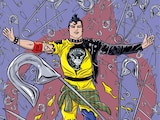Each Friday, we'll be letting a different DC.com writer share what they'll be reading over the weekend and why you might want to check it out. Here's this week's suggestion for a perfect Weekend Escape!
It's a rare occurrence that a main title book penned by a non-binary writer gets taken over by a trans author, but in 1993, that's exactly what happened with Doom Patrol. After Grant Morrison’s groundbreaking run, Rachel Pollack came on to the book wielding a distinct vision and deep understanding of what makes DC's weirdest team tick. An Arthur C. Clarke Award-winning science fiction author, she brought her unique vision to the title, crafting something truly distinct. With the prevalence and popularity of Morrison's run, Pollack's work has often been overlooked. But seeing as it's Women's History Month and her issues have finally been collected for the first time in years, it's the perfect time to dig into one of the best and most underrated Doom Patrol arcs of all time.
The Premise:
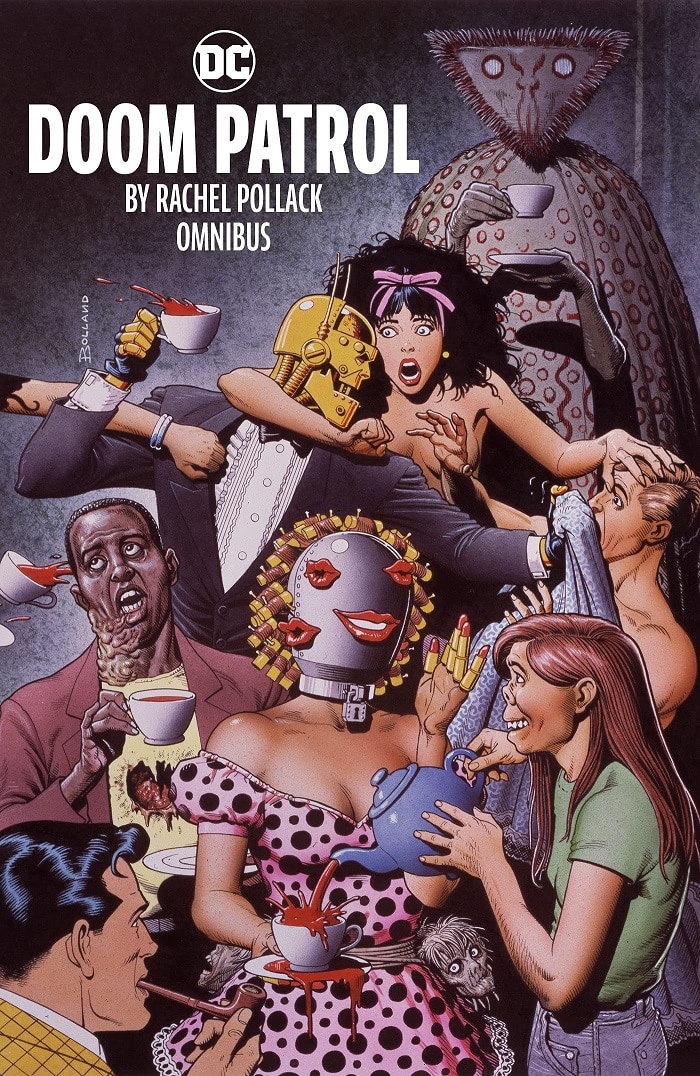
Beginning at Doom Patrol #64 and continuing until the series concluded with Doom Patrol #87, Pollack threw herself into the story, taking on characters like Niles Caulder, Cliff Steel and Dorothy Spinner. The latter took center stage as she utilized her powers of imagination to manifest her teammates whenever she needed them. As for the rest of the team, Niles Caulder is revealed to be nothing but a decapitated head—though he's still as cunning as ever—and Cliff begins to struggle as he's sucked into memories of adventures past. Basically, it's business as usual for the transgressive, subversive and deeply strange heroes. But of course Pollack also left her own indelible mark on the group with new recruits and a terrifying foe that plays into the abstract and existential nature of the best Doom Patrol stories.
Let’s Talk Talent:
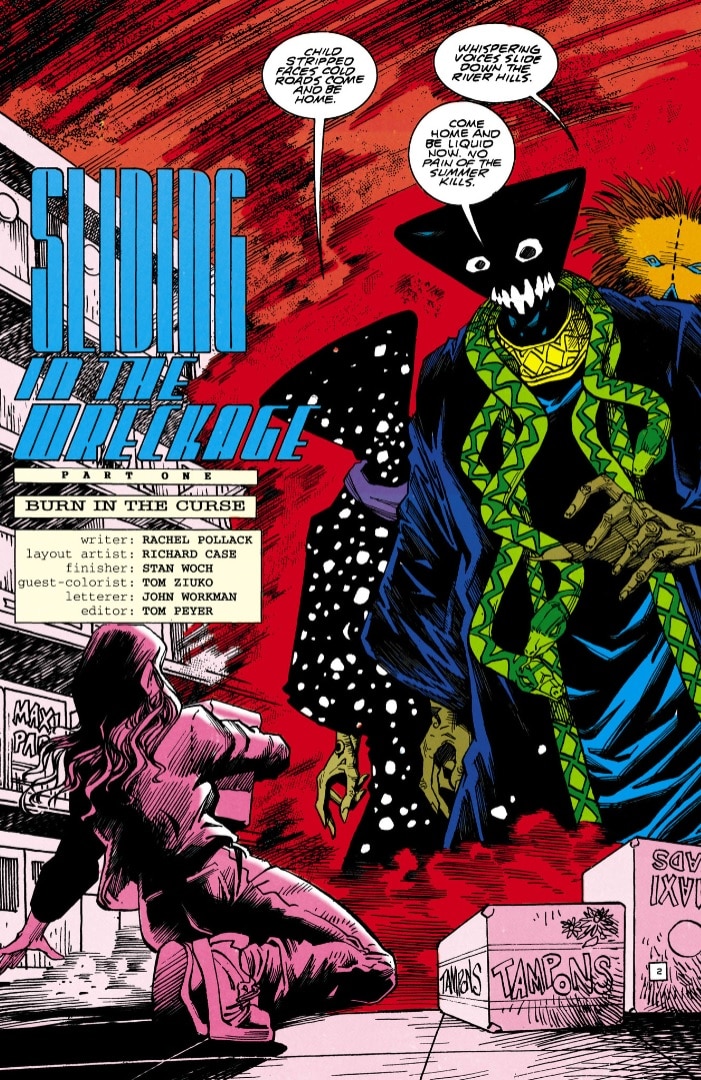
Teaming up with series penciller Richard Case and inker Stan Woch, Pollack and co. easily continued the aesthetic world of Morrison's book, feeling less like a new creative team and more like a slick expansion of the series and what fans loved about it. Case's work on Doom Patrol can often be under-praised despite the fact that Morrison's run literally wouldn't exist without his. His imaginative art, impactful character work and ability to balance the mundane with the absolutely unbelievable are all key parts of why this era of Doom Patrol is so memorable.
Stan Woch brought his energetic inking style to the Morrison era over the last two arcs and reteams with Case here, making the transition between writers seamless. It's also important to note that Pollack's thought-provoking and adult sci-fi writing mixed with Case and Woch's art really became the tonal blueprint for what readers would come to expect for a Vertigo book. And it would be remiss to not mention Ted McKeever, who came on later and presented some of the most experimental and inventive artwork in the series and the Vertigo line as a whole.
A Few Reasons to Read:
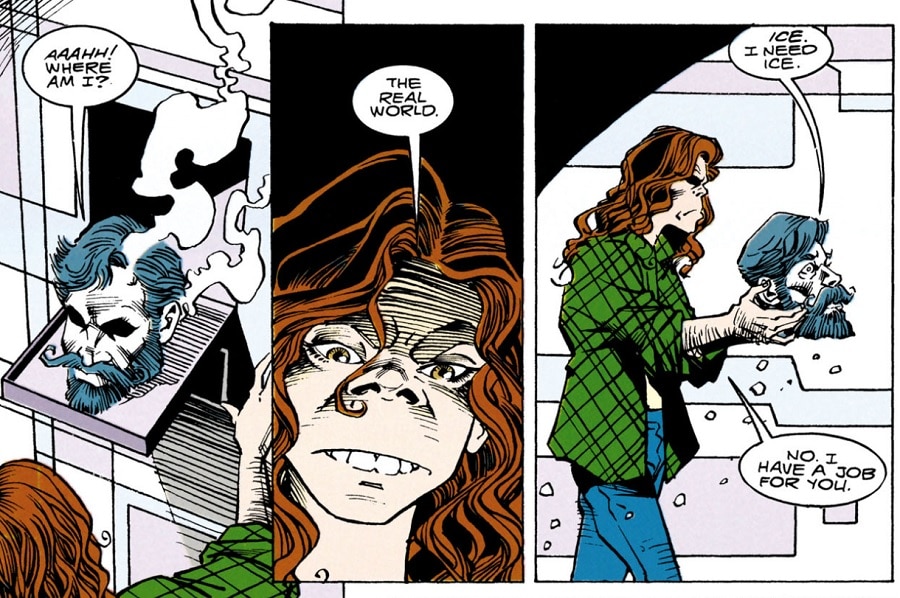
- It Made Vertigo History: While Morrison's Doom Patrol run was collected and branded with the Vertigo logo, the original issues were released under the main DC line—Morrison's take on the team pre-dates the imprint. It was, in fact, Pollack's Doom Patrol that was the first time that the book was released under the Vertigo banner. As part of the publisher’s first wave, her dark and thought provoking vision for the team fit perfectly with the tone and vibe of Vertigo. So if you're not a massive Doom Patrol fan, but are a Vertigo lover—and perhaps a completionist—this series has to top your to-read list.
- Meet DC's First Trans Superhero: Pollack didn't just blaze the trail as a trans creator writing a superhero book, but she also introduced the first trans superhero at either of the big two publishers. Coagula A.K.A. Kate Godwin is an intelligent computer programmer who gains her powers after sleeping with Doom Patrol member Rebis. Her new abilities enable her to manipulate molecules at a base level, transforming solids to liquids and vice versa. As a rare lesbian superhero, Coagula blazed a trail that the rest of comics is still catching up with. In fact, it would take over twenty years for the next out trans character to be introduced at DC in Batgirl's bestie Alysia Yeoh.
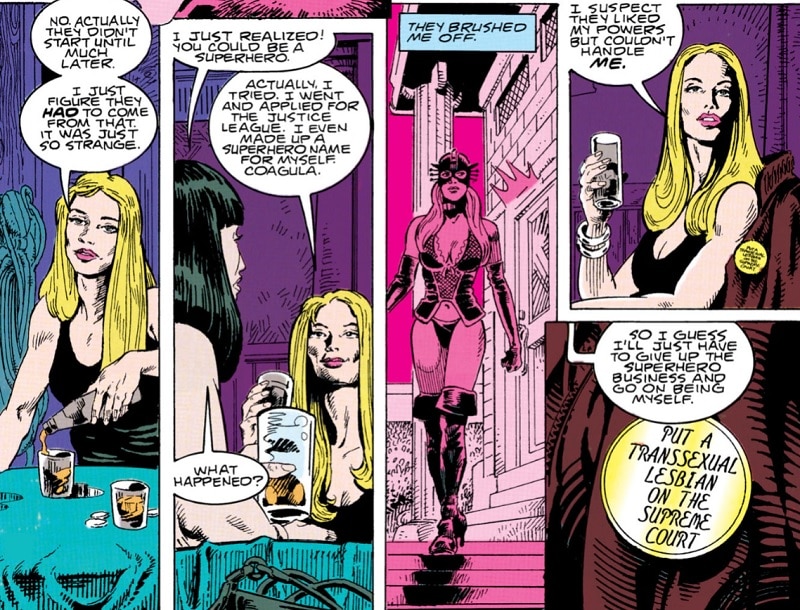
- Enjoy a Truly Unique Superhero Story: While all Doom Patrol stories stand out among their DC equivalents, Pollack's writing deals with topics and subjects usually ignored by superhero tales. This is a story that both manages to be grounded in the real world and completely cosmic in its ambition and imagination. Plus, there are some incredibly famous panels in this comic that have grown to be even more famous than the book itself. Keep an eye out for Coagula and her famous Supreme Court pin.
Why It’s Worth Your Time:
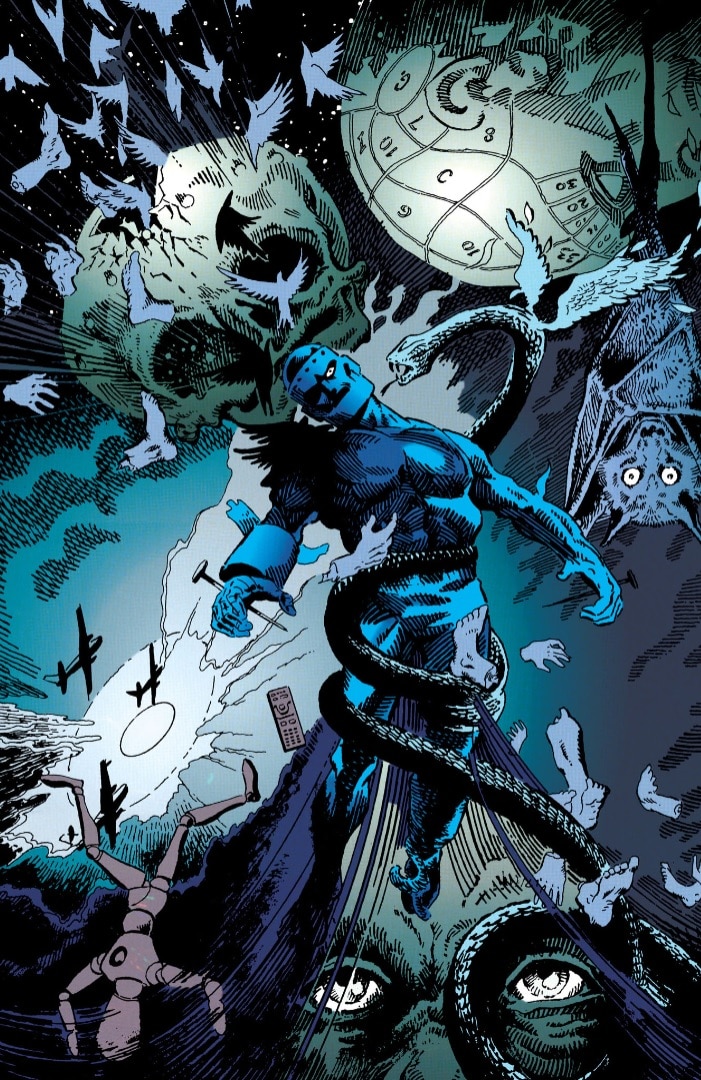
This isn't just a great Doom Patrol story, it's a great comic book story. There's fantastic adventure, brilliant character work, surreal spaces and important representation that is still sorely lacking in superhero storytelling. Aside from that, this was a flagship release for Vertigo—the mature readers imprint started at DC by Karen Berger—and it often gets lost in the more famous titles that people think of when they think of the publisher. This is a very different kind of '90s superhero comic, but it's just as enjoyable and vital as its more famous peers.
Doom Patrol by Rachel Pollack is now available in print in a hardcover omnibus collection. You can also read her entire Doom Patrol run on DC UNIVERSE INFINITE.
Rosie Knight is an award-winning journalist and author who loves Swamp Thing, the DC Cosmic and writing about those and more here at DC.com. You can listen to her waxing lyrical about comics, movies and more each week as she co-hosts Crooked Media's pop-culture podcast, X-Ray Vision.
NOTE: The views and opinions expressed in this feature are solely those of Rosie Knight and do not necessarily reflect those of DC Entertainment or Warner Bros., nor should they be read as confirmation or denial of future DC plans.















